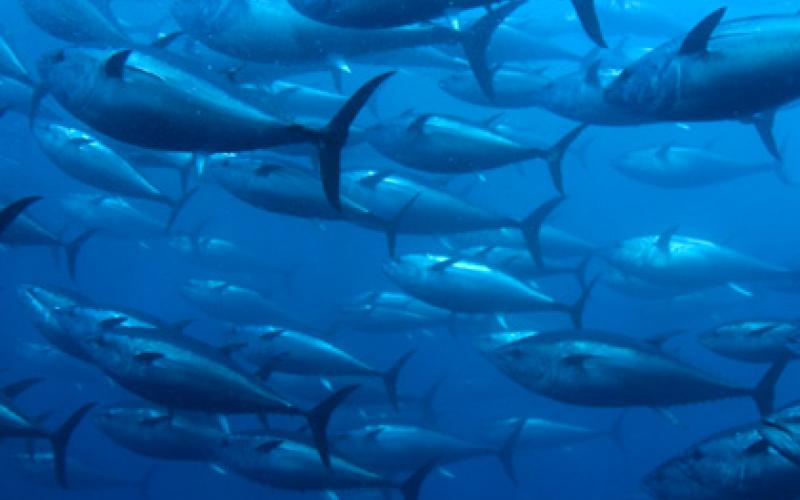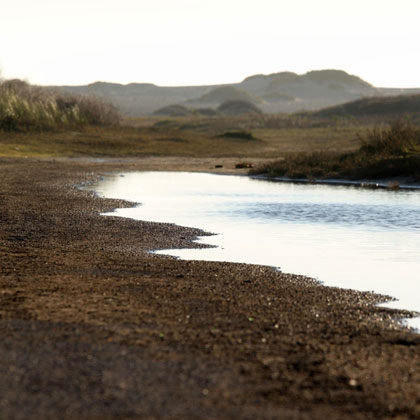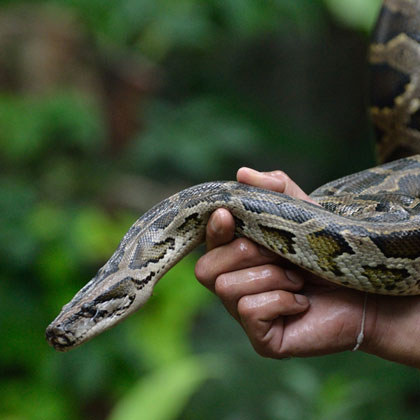Fukushima radiation found in food webs in the Pacific

Fukushima radiation found in food webs in the Pacific
Radioactive material from the Fukushima disaster was detected in food webs in the Pacific. However, it isn't substantial enough to be dangerous to humans or animals.
Original Paper:
Ken O. Buesseler, Steven R. Jayne, Nicholas S. Fisher, Irina I. Rypina, Hannes Baumann, Zofia Baumann, Crystaline F. Breier, Elizabeth M. Douglass, Jennifer George, Alison M. Macdonald, Hiroomi Miyamoto, Jun Nishikawa, Steven M. Pike, and Sashiki Yoshida, "Fukushima-derived radionuclides in the ocean and biota off Japan," Proceedings of the National Academy of Sciences, 109, no. 16 (2012), 5984-5988. DOI: http://dx.doi.org/10.1073/pnas.1120794109
The tsunami that struck the coast of Japan in March 2011 caused severe damage to the Fukushima Dai-ichi Nuclear Power Plant, sending radioactive atomic particles into the nearby ocean. The radioactive particles are a result of the fission process that powers the nuclear power plant. Even though all radioactive products decay naturally, their variable rates of decomposition could lead to an accumulation in the environment that can cause biological damage. This can lead to bioaccumulation, which occurs when rare pollutants get concentrated as they travel up the food chain and collect in individual organisms.
To investigate the impacts of this incident on the marine biology of the region, an international group of researchers based at Woods Hole Oceanographic Institute tested how much radioactive material made its way into the ocean following the meltdown. The group tested water samples from a wide span of the Pacific as well as various samples of plankton and small fish, looking for several kinds of radioactive particles. They focused their study on Cesium-137, and Cesium-134, two by-products of the nuclear fission process. Cesium 137 takes longer to degrade, on the order of decades, while Cesium-134 takes a few years to degrade completely. This means that their effects linger over time, making them detectible as they disperse into the environment. Both elements have been used in the past, for instance, to detect for the contamination impacts following the Chernobyl meltdown of 1986. The team also used computer modeling to trace the oceanic paths through which the radioactive particles traveled.
Their results, published in the Proceedings of the National Academy of Sciences, indicate that radioactive materials were indeed dispersed into the ocean, but didn't drift south of a boundary line created by well-defined coastal current. The radioactivity was concentrated mostly in plankton, but didn't make it up the food chain into fish in great enough levels to be dangerous for consumption according to local legal standards. Out of all the measured radiation in the biological tissue sampled, about 10 to 30 percent of the amount was due to the nuclear meltdown specifically. The rest of the radiation was from naturally occurring sources in the ocean, like Potassium-40.
Interestingly, one of the tested materials was a form of radioactive silver found in the plankton, the source of which remains unknown—but it is suspected to be from Fukushima because the same kind of radioactive silver was found in soil samples taken from around the plant.
While the scientists determined that the threats to humans are not yet an issue, further study is required to determine the long-term impacts of this slow-moving environmental disaster. Particularly because of the decades-long persistence time of Cesium-137, further impacts on the ecosystem might take years to emerge. More kinds of radioactive particles ought to be tested for as well in order to understand the other dispersal pathways that resulted from this accidental nuclear experiment.




